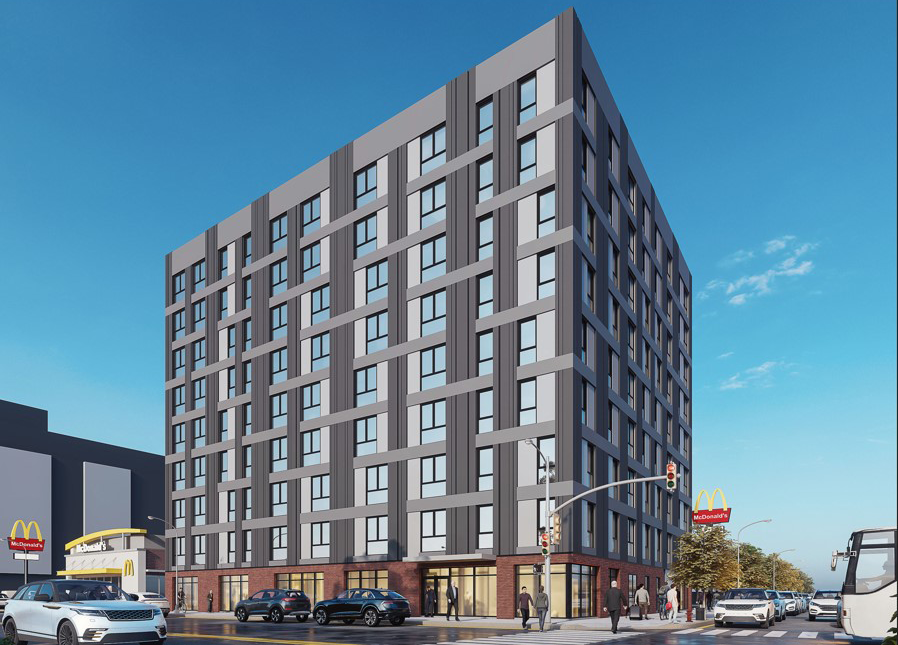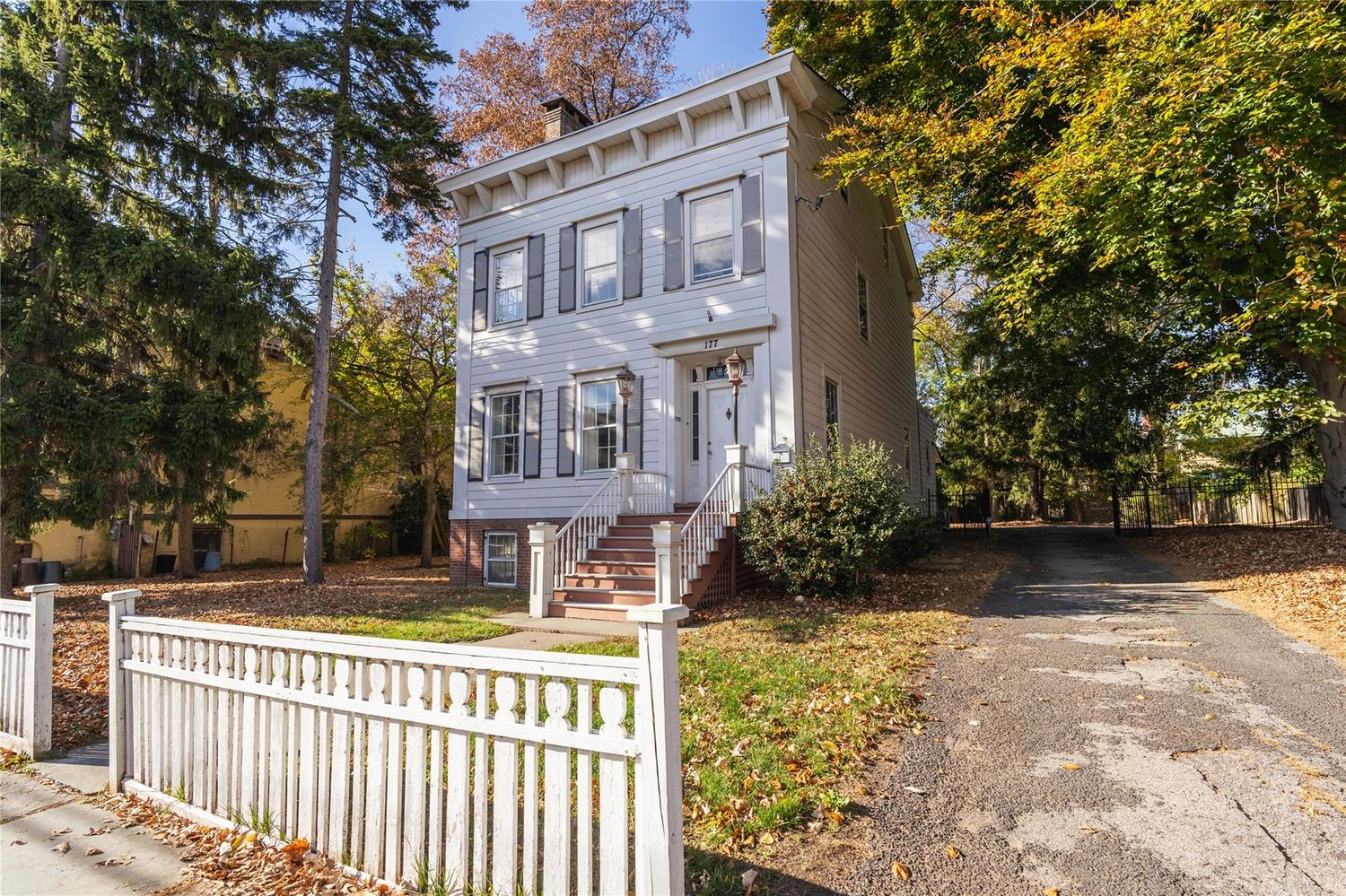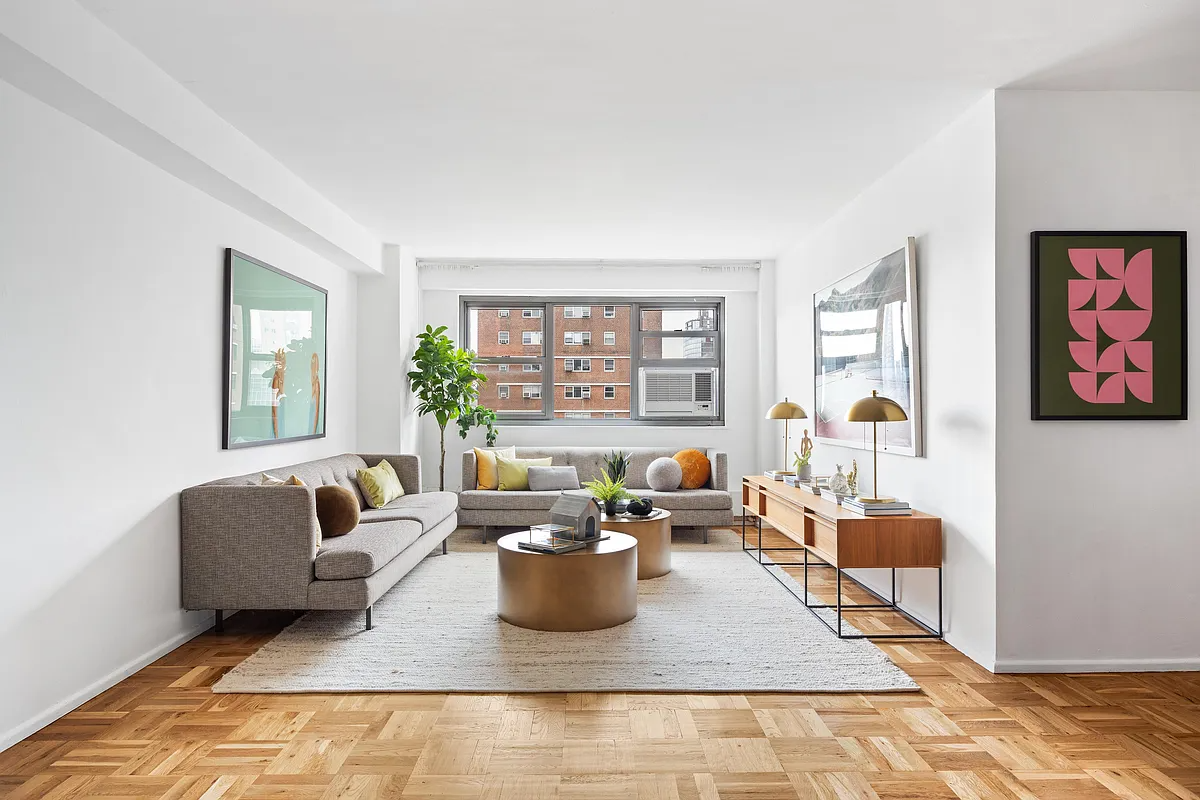Walkabout: Parfitt Brothers, Part 1
Read Part 2 of this story. You can’t walk around Brooklyn without running into the Parfitt Brothers. While the name may sound like a Country Rock band, they were, in fact, one of Brooklyn’s best and busiest architectural firms of the late 19th and early 20th centuries, and their work can be found in almost…

Truslow Mansion. Photo by Susan De Vries
Read Part 2 of this story.
You can’t walk around Brooklyn without running into the Parfitt Brothers. While the name may sound like a Country Rock band, they were, in fact, one of Brooklyn’s best and busiest architectural firms of the late 19th and early 20th centuries, and their work can be found in almost all of Brownstone Brooklyn, and beyond.
There were three Parfitt brothers, and together and separately, they were responsible for all kinds of buildings: row houses, free standing mansions, apartment buildings, civic and commercial buildings and churches.

They designed some really first rate churches, which remain some of their most memorable and finest architecture. Beginning today, and ending Thursday, I’ll be taking a look at their lives and their architecture, and their legacy.
The Parfitt brothers were born in Frome, England. The older brothers, Henry and Walter, came to the US first, and by 1875 had established an office in Brooklyn. Their younger brother, Albert, came to New York in 1882. They began their practice with row houses, in the established styles of the Italianate and Neo-Grec brownstones.
Some of their earliest row houses are 100-110 Park Place in Park Slope (1877), 12-16 Clifton Place in Bedford Stuyvesant, 331-335 Washington Avenue in Clinton Hill, (all 1878), and 550-556 Carlton Ave, in Prospect Heights.

In 1881 they also designed 472-474 Lafayette Avenue, again in Bed Stuy, which already show the brother’s aptitude for their later inventiveness, especially in the Queen Anne and Romanesque Revival styles, even though these are primarily Neo-Grec in style.
Throughout the 1880’s and early 1890’s, they would design many more row houses, many in Park Slope, which can be seen on my Flickr page.
Some of their houses were commissioned, especially after their reputations were firmly established by their other major buildings. They must have been swamped throughout the 1880’s when they designed some of their finest residential works, both free-standing and attached.
In 1882, the brothers designed the Hoagland Mansion, at 410 Clinton Ave, in Clinton Hill. It was built for Dr. Cornelius Hoagland in the Queen Anne style, now the most popular style of architecture in the US. This house particularly is indicative of contemporary English influences on the style, and is probably highly influenced by the arrival from England of younger brother Albert Parfitt, that year.
It remains one of Clinton Hills’ most beautiful mansions. They also designed the carriage house for this mansion at 411 Vanderbilt Ave. Another free-standing mansion, totally different in style from the Hoagland Mansion, is the John Truslow Mansion on Dean St at Brooklyn Avenue, in Crown Heights North.

It was built in 1887-88, for John Truslow, a prominent businessman and political figure. This house, said to have 50 rooms, features unique square oriels which make it one of brownstone Brooklyn’s most unique houses.
In Brooklyn Heights, the Parfitt’s were commissioned to build a house for John James, at 9 Pierrepont St. (1887), a wide, 5 story Italianate brownstone. Directly across the street is one of my favorite Parfitt houses, the majestic Mrs. Hattie James House, at 6 Pierrepont (1890).
This is an exuberant Romanesque Revival rowhouse extravaganza, with terra-cotta and carved ornament galore. There is so much going on here, I see something I didn’t notice before, every time I happen to walk by here.

I chose to categorize the Parfitt Brother’s work by type, instead of chronologically, in order to show the variety behind each kind of building they did. Unfortunately, this does not allow for the inclusion of the buildings that may have furthered their style, although they were so prolific, their styles are ever changing.
Perhaps that is to be expected, as there were three creative brothers at work. In and around the row houses and the mansions, the Parfitt’s built apartment buildings, churches and civic buildings. They also raised families and grew their business, and suffered great loss.
In 1888, at the height of their popularity, middle brother Henry died of heart failure, in his home at 457 Henry Street, in Brooklyn Heights. He was only 40. He was survived by his wife, Emerline Deering Parfitt, and their two children.

Soon afterward, Henry’s estate was auctioned off to raise money for the family. In addition to designing, Henry and his brothers had been doing some heavy real estate speculation. Henry owned several valuable buildings in downtown Brooklyn, but the bulk of his assets were a whopping 433 lots of land in the 24th Ward, now the easternmost part of Crown Heights.
They had bought up a large plot of land called Oerchler’s Woods, on the corner of Prospect Place and Ralph Ave, which encompassed tracts on St. Mark’s Ave, Hopkinson, Saratoga, Howard, Ralph, Bergen, Prospect and Park Places, almost a square mile of land.
They were speculating on the land to rise in value due to the building of Eastern Parkway, which extended to that point, and had bought cheaply, and were now looking to sell at a profit. The Brooklyn Eagle said, at the auction, the Parfitt’s will go down in the history of Brooklyn as having owned more territory here than any other citizens except, perhaps, the late Judge Lefferts or Edwin C. Litchfield.
It was not recorded how much was made at the auction, but one must suppose that Mrs. Parfitt and the children, as well as Walter and Albert, all made out quite well on the deal. Now Walter and younger brother Albert are left to build their business and neighborhoods.
Next time: So much more their churches, some of the most beautiful in NYC, the apartment buildings, and the civic and commercial buildings. The Parfitt Brothers, and their place in the history of Brooklyn’s architecture.
[Photos by Suzanne Spellen]
Related Stories
- Affordable Housing Should Always Look This Good: Crown Heights Jewel Nearly Restored
- Building of the Day: 96 Brooklyn Avenue
- Parfitt Brothers in Brooklyn, Part 2
Email tips@brownstoner.com with further comments, questions or tips. Follow Brownstoner on Twitter and Instagram, and like us on Facebook.









So much variety! Identifying a Parfitt Bros. building certainly isn’t a simple matter of style recognition. I want a little attribution plaque on every building borough wide.
I love the Parfitt style good job MM
great stuff, thanks MM
A bit too ungapatchked for me. But I get the appeal.
Another great and information post. Thank you MM.
Thank you! It’s been years since I found out my husband’s family home was owned by Henry Parfitt and I’ve been dying since then to see some deep digging on the Parfitts here on Brownstoner. Thank you for satisfying my curiousity. 🙂